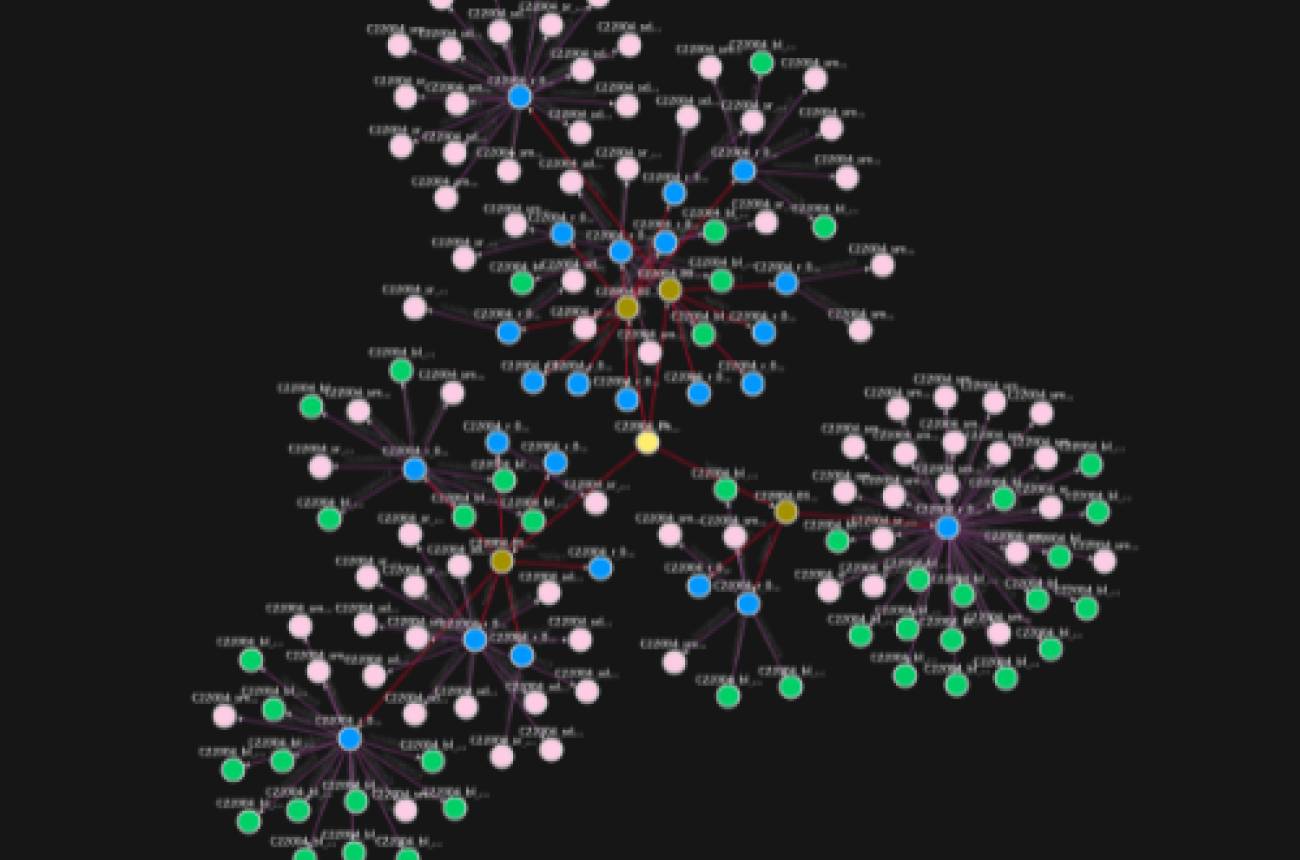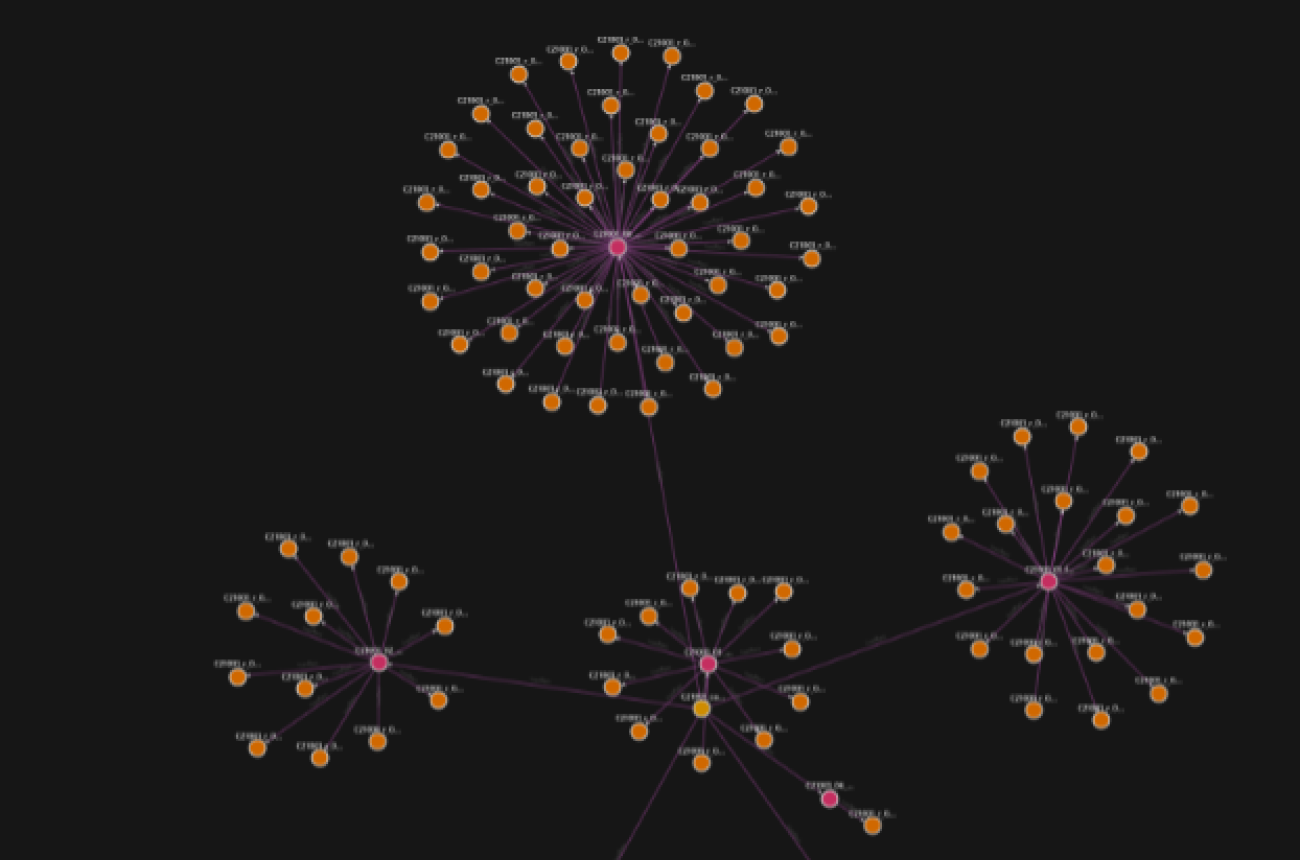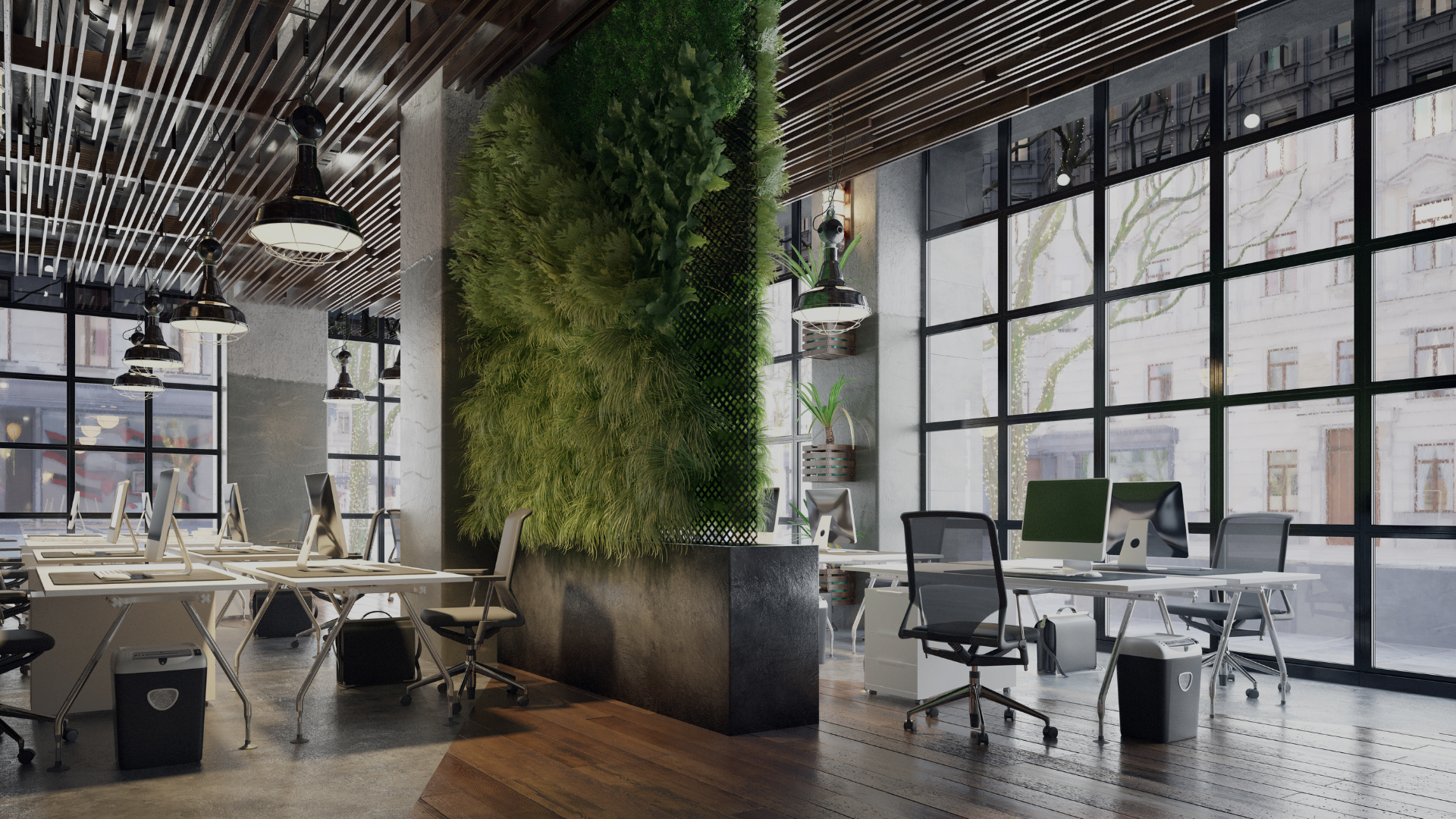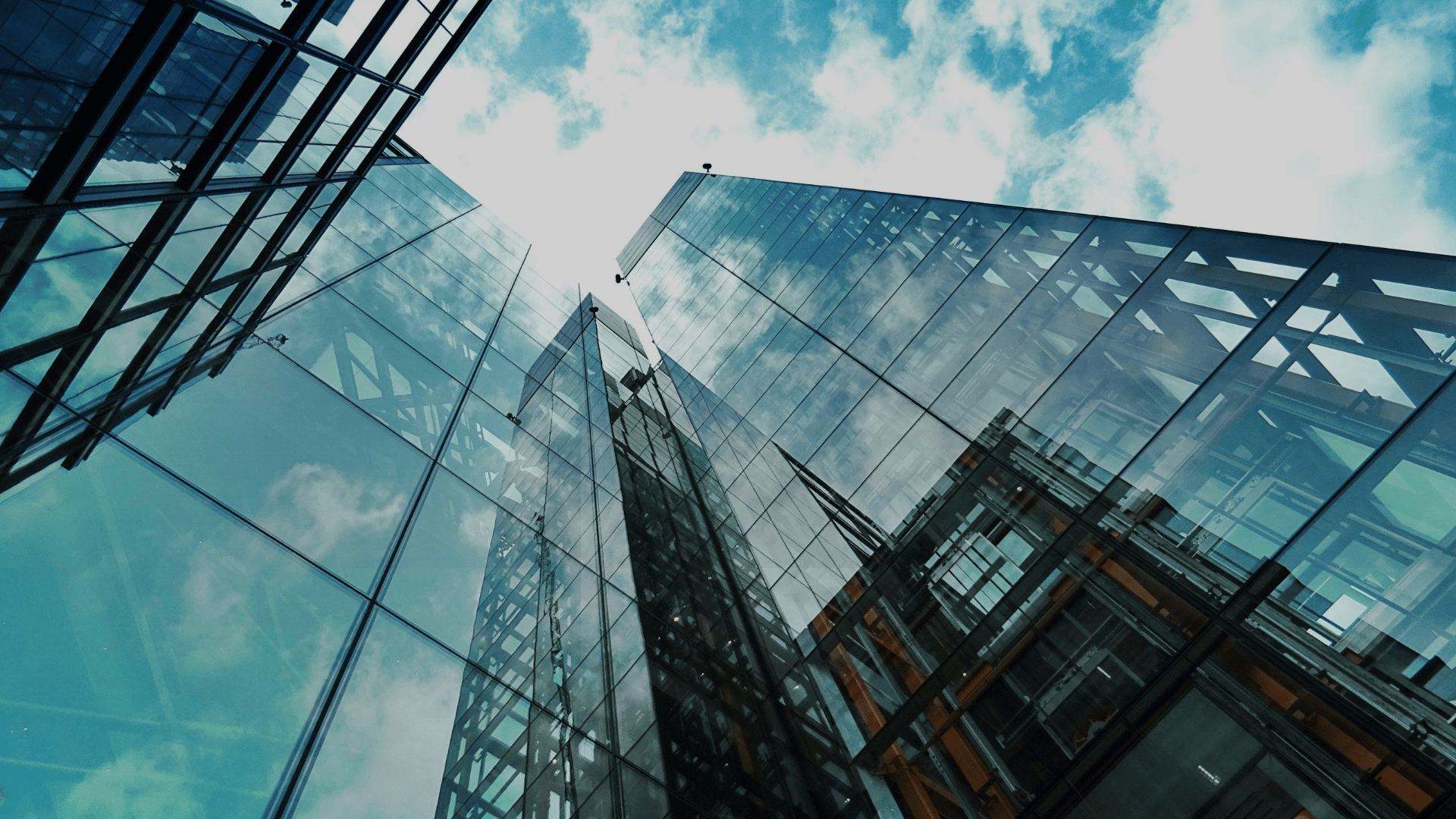
Unlocking the Power of Digital Twins in Smart Building Management
As buildings become smarter and more interconnected, property owners and managers are turning to digital twins to enhance the efficiency, sustainability, and overall performance of their properties. At Next Sense, we’re excited to leverage the potential of digital twin technology to revolutionize building management through our innovative Smart Building Platform.
What Is a Digital Twin?
In its simplest form, a digital twin is a real-time virtual representation of a physical building. Imagine being able to see every floor, room, sensor, and system in your property—all in one intuitive digital model that evolves alongside your building. This model isn’t just a static blueprint; it’s powered by continuous data from your building’s sensors and systems, providing you with a dynamic view of its current state.
At Next Sense, we take digital twins further by incorporating both static and dynamic information into the model:
· Static Information: The building’s permanent features, such as layout, floors, rooms, windows, and mechanical systems.
· Dynamic Information: Real-time data from sensors that track factors like temperature, occupancy, energy use, and more.
Together, these two types of data give you complete visibility into your building’s health, helping you optimize its operations in real-time.
Real-Time Monitoring and Control
With a digital twin in place, you gain unprecedented insight into how your building operates on a minute-by-minute basis. Our platform continuously collects data from various systems, such asHVAC, lighting, and environmental sensors, to ensure that you always know exactly what's happening inside your building.
But we don’t stop at monitoring. Our platform uses the real-time data from your digital twin to control key systems:
· Blindscan be automatically adjusted based on the time of day [EK1] and the amount of natural light, reducing energy consumption from artificial lighting.
· Lighting levels are optimized according to occupancy and natural light availability, ensuring energy savings without sacrificing comfort.
· The HVAC system's setpoints are adjusted dynamically to maintain a balance between comfort and energy efficiency.
This real-time feedback loop ensures that your building operates at peak efficiency, reducing energy waste while maintaining a comfortable and productive environment for occupants.

Data History and Trend Analysis
Buildings aren’t static; they change based on how they’re used. That’s why our digital twin also offers Data History capabilities, which allow us to save all the changes in your building’s state over time. This historical data is invaluable for understanding long-term trends in energy use, occupancy patterns, and system performance.
By analyzing this data, the platform can identify inefficiencies, spot potential issues before they become critical, and even predict future usage. For example:
· Energy Demand: The system learns how much energy your building typically uses during different times of the day or year, allowing it to anticipate peaks and adjust settings proactively.
· Occupancy Trends: Understanding how spaces are used helps you make smarter decisions about space allocation and system scheduling, whether it’s for meeting rooms, offices, or communal areas.
Predictive Energy Optimization
One of the most powerful aspects of a digital twin is its ability to forecast the future. Next Sense integrates the digital twin with a Building Energy Model, a tool that simulates how energy is consumed across the building. By combining real-time data with predictive algorithms, the system learns the building’s patterns and makes adjustments to optimize energy demand.
For instance, if the system knows that a certain floor sees fewer occupants in the afternoon, it can reduce HVAC output in that area to save energy. Over time, this predictive optimization significantly lowers operational costs and reduces the building’s environmental impact.
Seamless Integration with Smart Building Systems
Our platform seamlessly integrates with existing building systems, providing a centralized, user-friendly interface for monitoring and controlling all critical operations. Whether it’s HVAC, lighting, security, or energy management, our digital twin acts as the nerve center for your smart building. In addition to automated controls, the platform offers real-time alerts for any anomalies—such as equipment malfunctions or unusual energy consumption—so you can take action before small issues become costly problems.

The Benefits for Real Estate Professionals
For property owners and managers, the benefits of adopting digital twin technology are clear:
· Operational Efficiency: By automating routine tasks and providing real-time insights, digital twins streamline building operations, reducing the need for manual intervention.
· Energy Savings: Optimizing energy use based on real-time data and predictive algorithms results in significant cost savings over time.
· Sustainability: Lower energy consumption means a reduced carbon footprint, helping buildings meet sustainability goals and regulatory requirements.
· Data-Driven Decision Making: With access to detailed analytics on building performance and usage patterns, you can make smarter, more informed decisions about resource allocation, maintenance, and future upgrades.
A Future-Ready Approach to Building Management
At Next Sense, we believe that digital twins represent the future of smart building management. By giving you real-time visibility and control over your property’s systems, we empower you to make better decisions, enhance occupant comfort, and achieve your energy efficiency goals.
Whether you’re managing a single property or a portfolio of buildings, our digital twin platform scales to meet your needs, ensuring that you’re always one step ahead in managing your assets. Ready to transform how you manage your property?
Contact us to learn more about how digital twin technology can work for you.









